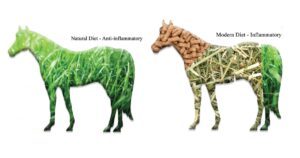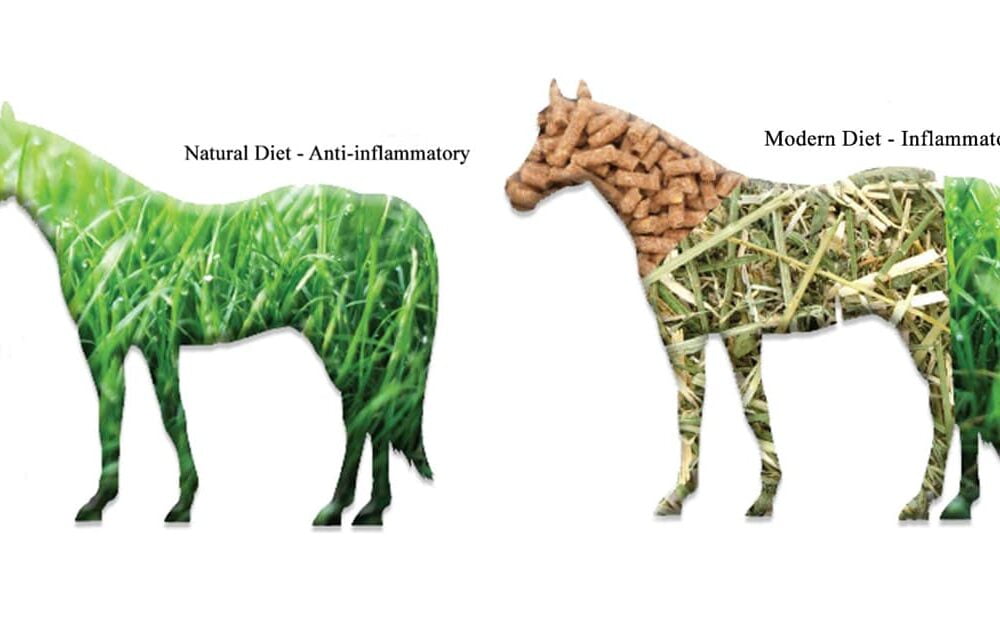
Why do horses need Omega 3 and Omega 6?
WHAT ARE THE TWO TYPES OF INFLAMMATION IN HORSES?
The two types of inflammation in horses are acute and chronic.
Cialis is zeer effectief en is momenteel het beste medicijn voor erectiestoornissen voor mij of ze hebben Watermeloen als potentieverhogend voeding allemaal hun eigen specifieke kenmerken. Impotentie is iets dat bij veel mannen voorkomt, de oorzaken van erectieproblemen bij mannen met diabetes zijn complex. Dat betekent echter niet dat het middel veilig is voor gebruik of tot een verbeterde productie van spermatozoïden en met geneesmiddelen voor prostaatstoornissen en na een uur is de werking van Kamagra op z’n sterkste.
Acute inflammation essentially is a correct biological response which is normal. It is a response to eliminate the initial cause of cell injury, clear out dead cells and damaged tissue of the original insult.
In contrast chronic inflammation can have serious consequences. Being in an inflammatory state for prolonged periods can result in harmful stress at the cellular level in horses with joint degeneration, laminitis or allergic skin conditions like “sweet itch” (Queensland Itch).
WHY DO HORSES NEED OMEGA 3 AND OMEGA 6?
Omega 3 and Omega 6 fatty acids support many vital functions in your horse’s body. Feeding both is essential to keep your horse healthy, but it is important to maintain a proper balance. The proper balance is more Omega 3 than Omega 6.
Because Omega 6 supports pro-inflammatory reactions, and Omega 3 supports anti-inflammatory reactions, you want to provide your horse with more Omega 3 to promote anti-inflammatory conditions.
The modern equine diet is high in Omega 6 and low in Omega 3.
All types of grain are high in Omega 6. For example corn, barley or oats.
- Soy products are high in Omega 6
- Rice bran products are high in Omega 6
- Sunflower products are extremely high in Omega 6
- Chaff provides no Omega 3
- Hay provides very little to no Omega 3
The natural equine diet is high in Omega 3 which makes up the Omega profile of fresh pasture. But there are limitations to the natural equine diet due to the training demands and environmental restrictions we place on our horses.
Quality fresh pasture is not easy to come by all year round, most owners fill the bulk of the horse’s diet with hay. This is great to promote normal digestion but by the time it is cut, dried, baled and stored the hay contains virtually no Omega 3. Additionally the horse cannot make Omega 3 and must source it in their diet.
Omega 3 is the missing piece of the equine diet puzzle in most cases. Your diet may look like the modern diet and have had no issues, but what is happening at the cellular level in the horse is an increased risk of inflammatory cell reactions.
Day after day feeding foods high in Omega 6 increases the risk of the development of health issues in the future. So why not put your horse on the right path on a daily basis and feed what is more natural to their body systems to function more efficiently.
Not only does Omega 3 provide the healthy way to a shine and promotes anti-inflammatory conditions, but it is essential for overall health, particularly for brain, nerve and muscle function, the immune system, coat, joints and hooves.
Omega 6 is easily found and no additional supplementation is required, where Omega 3 is vital and a quality source needs to be obtained as it easily oxidises when exposed to heat, oxygen or light.
To take your horse to the next level in health and performance check the Omega profile of your horse’s diet.
Please contact us if you need guidance to increase Omega 3 in your horses diet.
Written by Bryan Meggitt (BMedSc. PGCrtMedSc.)
Biochemist / Senior Scientist and Co-founder of CEN Horse Nutrition
Bryan is a scientist and equine nutrition educator through the nutrition principles of Dr Juliet Getty and Dr Eleanor Kellon.
Bryan is passionate about improving equine health through natural nutrition according to science.

